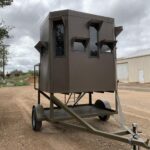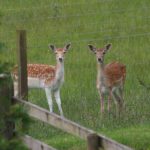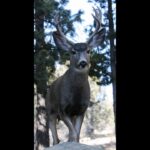Step into the enchanting realm of the Big Sitka Blacktail Deer, an iconic subspecies that graces the Alaskan wilderness. With their captivating physical traits, intriguing behaviors, and significant conservation status, these magnificent creatures hold a special place in the tapestry of North American wildlife.
Their scientific classification places them as Odocoileus hemionus sitkensis, and their physical attributes are a testament to their adaptation to the rugged Alaskan landscape. These deer exhibit a smaller stature compared to other subspecies, with males typically weighing around 150-250 pounds and females around 100-150 pounds.
Their coats boast a distinctive black-brown coloration, with white markings on their rump and underparts. Their antlers, a defining characteristic, display variations in shape and size, adding to their individual charm.
Taxonomy and Characteristics

The scientific classification of big Sitka blacktail deer is as follows:
- Kingdom: Animalia
- Phylum: Chordata
- Class: Mammalia
- Order: Artiodactyla
- Family: Cervidae
- Genus: Odocoileus
- Species: Odocoileus hemionus sitkensis
Big Sitka blacktail deer are medium-sized deer with a distinctive black tail. They typically weigh between 100 and 200 pounds and stand about 3 feet tall at the shoulder. Their fur is a dark brown color, and they have a white belly and rump.
They have large ears and a long, narrow snout.
Antler Characteristics
Big Sitka blacktail deer are known for their unique antlers. The antlers are typically branched, with two or three main beams. The beams are usually long and slender, and they curve forward. The antlers can be up to 30 inches long.
Habitat and Distribution: Big Sitka Blacktail Deer
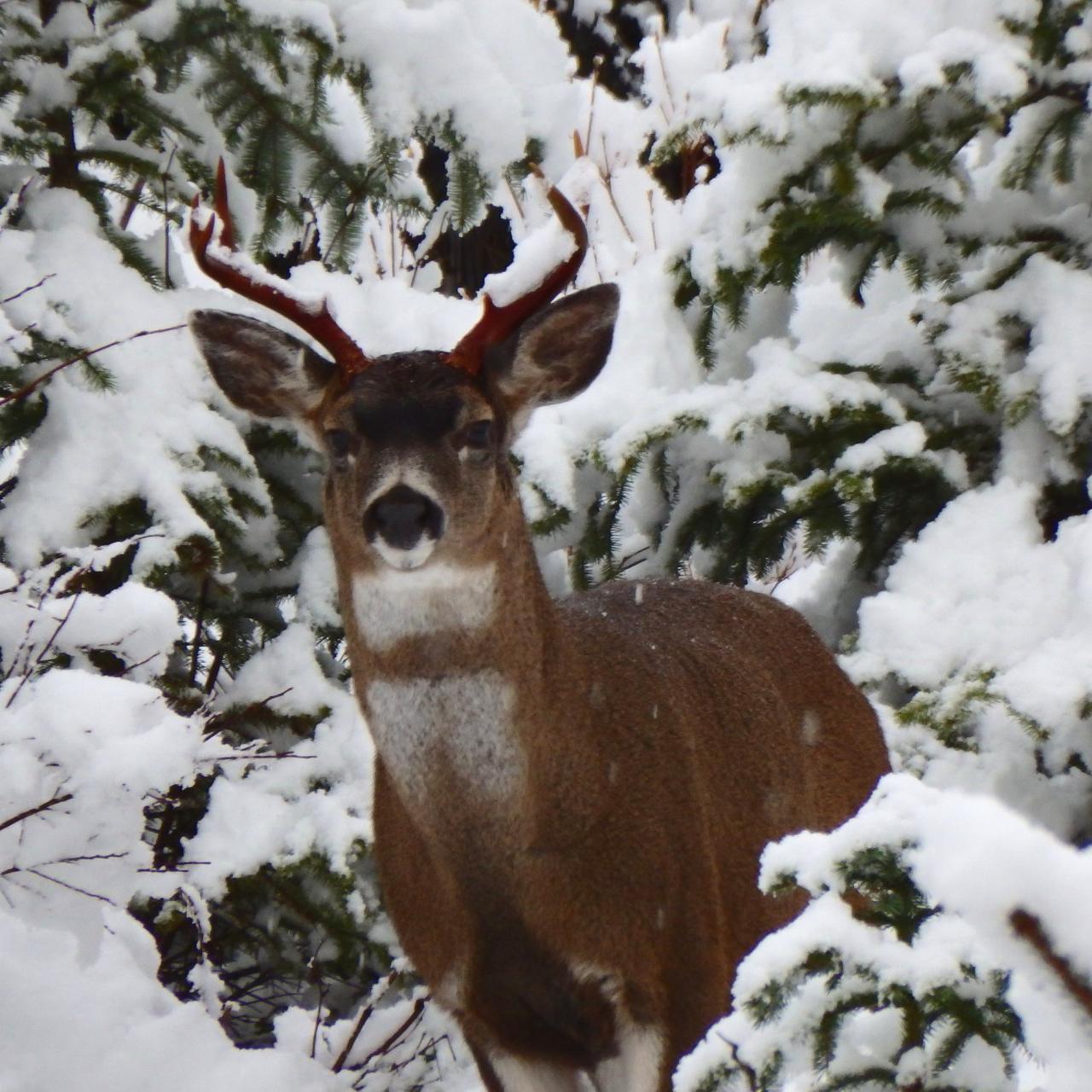
Big Sitka blacktail deer inhabit diverse habitats within the temperate rainforests of the Pacific Northwest. They prefer areas with abundant vegetation, rugged terrain, and moderate climate conditions.
Geographic Range and Distribution
This subspecies is primarily found in the coastal regions of southeastern Alaska, British Columbia, and Washington. They inhabit islands and mainland areas, ranging from sea level to elevations of over 4,000 feet.
Big Sitka blacktail deer are known for their agility and elusive nature. When it comes to hunting these magnificent creatures, the choice of caliber can make a significant difference. Whether you prefer the classic 30-30 or the powerful 44 mag, both calibers offer unique advantages and disadvantages.
To delve deeper into the debate, check out this informative article: 30-30 vs 44 mag for deer . Understanding the nuances of each caliber will help you make an informed decision and increase your chances of success in the pursuit of big Sitka blacktail deer.
Habitat Selection and Distribution Patterns
Big Sitka blacktail deer select habitats that provide cover, food, and water. They prefer forests with dense understory vegetation, such as ferns, shrubs, and young trees, which offer protection from predators and severe weather. Rugged terrain with steep slopes and ravines provides natural barriers and escape routes.
Climate conditions also influence their distribution. They favor areas with mild temperatures and abundant rainfall, which support the growth of lush vegetation and provide access to water sources.
Behavior and Social Structure
Big Sitka blacktail deer exhibit diverse social behaviors that influence their survival and reproduction. They form loose herds, typically consisting of related females and their young, known as fawns. During the non-breeding season, males live solitarily or in small bachelor groups.
Communication
Sitka blacktail deer communicate primarily through vocalizations and body language. They emit a variety of sounds, including whistles, grunts, and bleats, to convey danger, maintain contact with group members, or attract mates. Additionally, they use their tails to signal alarm or aggression and their ears to express alertness or submission.
Territoriality
Although Sitka blacktail deer do not establish well-defined territories, they may exhibit territorial behavior during the breeding season. Bucks may defend areas containing food sources or potential mates from rival males. However, these territorial disputes are typically brief and non-violent.
Feeding Habits
Sitka blacktail deer are primarily herbivores, with a diet consisting of grasses, forbs, shrubs, and occasionally tree bark. They are selective feeders, choosing plant species based on nutritional value and availability. Their foraging strategies vary depending on the season and habitat, but they often use cover to approach food sources cautiously.
Reproductive Behavior
The breeding season for Sitka blacktail deer occurs in the fall. Bucks engage in elaborate courtship rituals to attract females, including chasing, antler rattling, and vocalizations. After a gestation period of around 200 days, females give birth to one or two fawns.
Fawns are highly dependent on their mothers for nourishment and protection during their first few months of life.
Conservation and Management
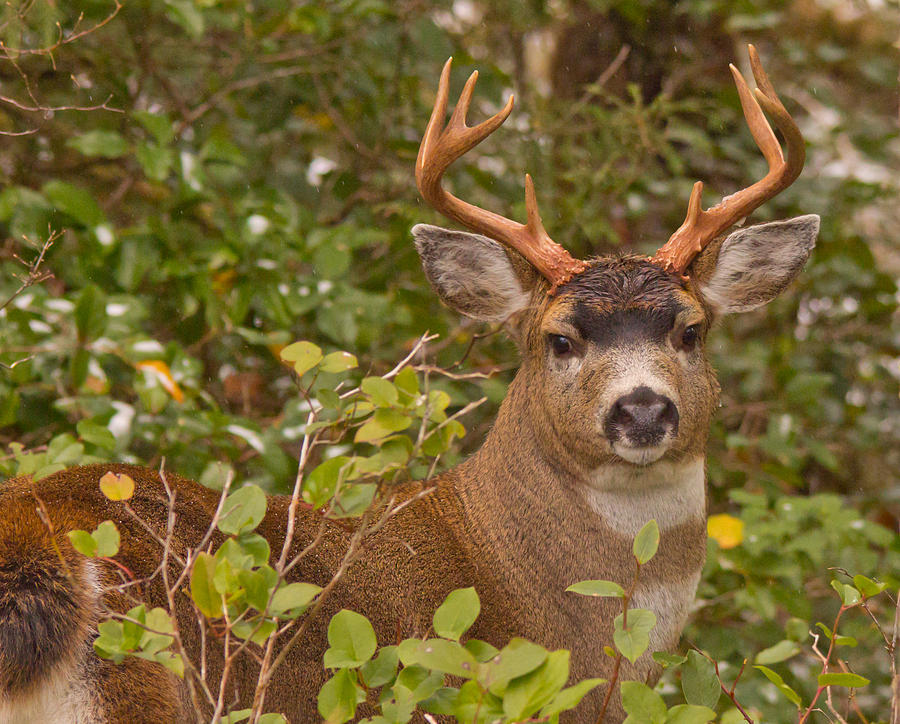
The big Sitka blacktail deer is classified as a subspecies of conservation concern, facing various threats that jeopardize its population. These threats include habitat loss and fragmentation due to human activities such as logging, urbanization, and agriculture. Hunting and poaching also contribute to population decline, along with competition from introduced species like Sitka black-tailed deer.To
protect and preserve the big Sitka blacktail deer, several management strategies and conservation efforts have been implemented. These include habitat protection measures such as establishing protected areas and implementing sustainable logging practices. Hunting regulations have been enacted to control deer populations and prevent overhunting.
Additionally, research and monitoring programs have been established to study the deer’s population dynamics, habitat use, and threats faced by the species. These efforts aim to inform conservation and management decisions and ensure the long-term survival of the big Sitka blacktail deer.
Habitat Protection
Habitat protection is a crucial aspect of conserving big Sitka blacktail deer. The establishment of protected areas, such as wildlife refuges and national parks, provides safe havens for the deer and helps maintain their habitat. Sustainable logging practices minimize the impact on forest ecosystems, ensuring the availability of suitable habitat for the deer.
The Sitka black-tailed deer is an amazing creature, found in the lush forests of the Pacific Northwest. Its distinctive black tail and sleek coat make it a beautiful sight to behold. For those who enjoy hunting these magnificent animals, Boos Quality Deer Processing offers exceptional services to preserve and enhance the quality of your harvest.
Their team of experienced professionals will handle your deer with the utmost care, ensuring that the meat is processed to the highest standards and ready for you to enjoy.
Hunting Regulations
Hunting regulations play a significant role in managing big Sitka blacktail deer populations. By setting limits on the number of deer that can be harvested, hunting helps prevent overpopulation and ensures the sustainability of the deer population. Proper management of hunting also helps maintain a healthy age and sex structure within the population.
Research and Monitoring, Big sitka blacktail deer
Research and monitoring programs provide valuable information about the big Sitka blacktail deer’s population dynamics, habitat use, and threats faced by the species. This information helps guide conservation and management decisions and ensures that the strategies implemented are effective and adaptive to changing circumstances.
Conclusion
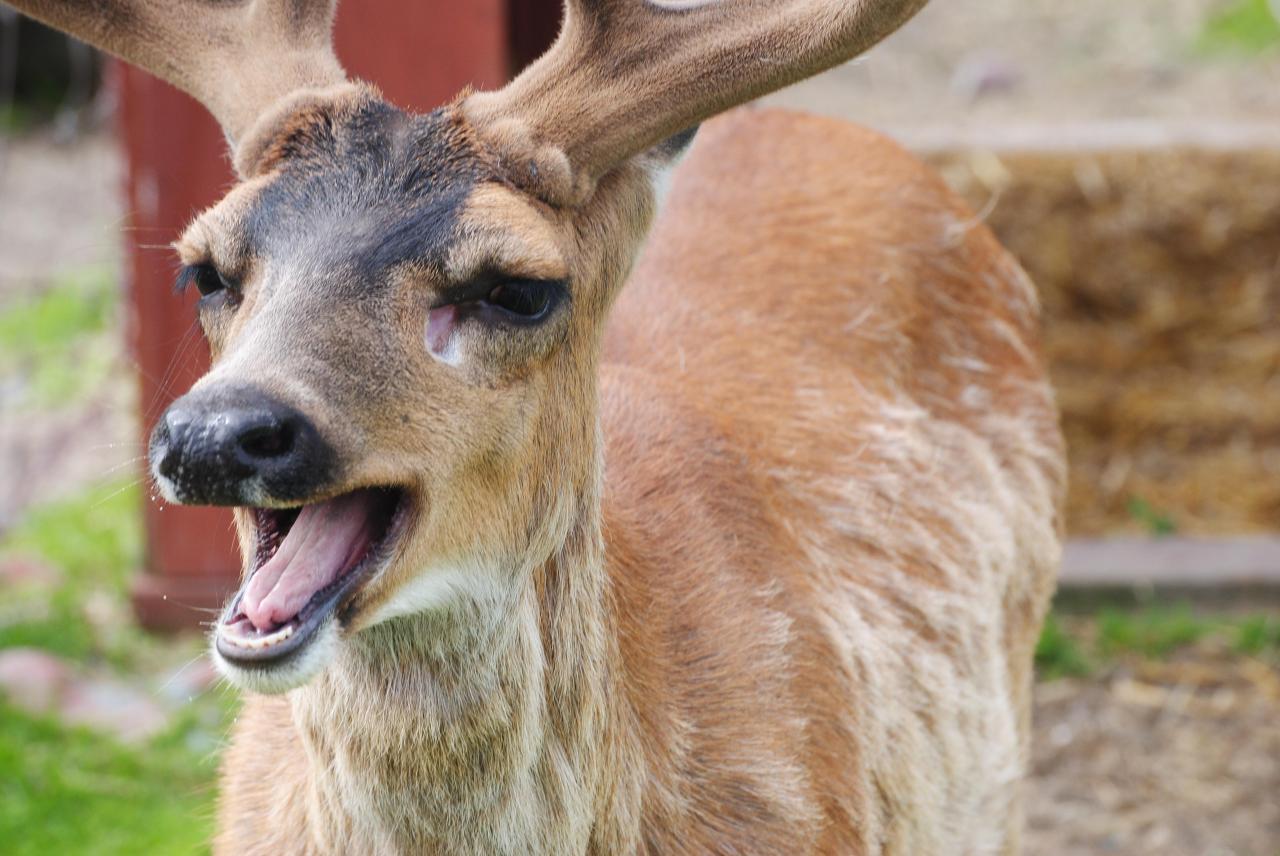
As we bid farewell to our exploration of the Big Sitka Blacktail Deer, let us remember their significance as a cherished symbol of Alaska’s pristine wilderness. Their conservation status serves as a reminder of the delicate balance between human activities and the preservation of our natural heritage.
Through responsible management practices, habitat protection, and ongoing research, we can ensure that these magnificent creatures continue to thrive in their ancestral home for generations to come.
Key Questions Answered
What is the primary habitat of the Big Sitka Blacktail Deer?
They prefer dense forests with abundant understory vegetation, often near water sources.
What is the average lifespan of a Big Sitka Blacktail Deer?
Their lifespan typically ranges from 8 to 12 years in the wild.
What are some unique characteristics of their antlers?
Their antlers have a distinct “S” shape and are relatively short compared to other subspecies.

